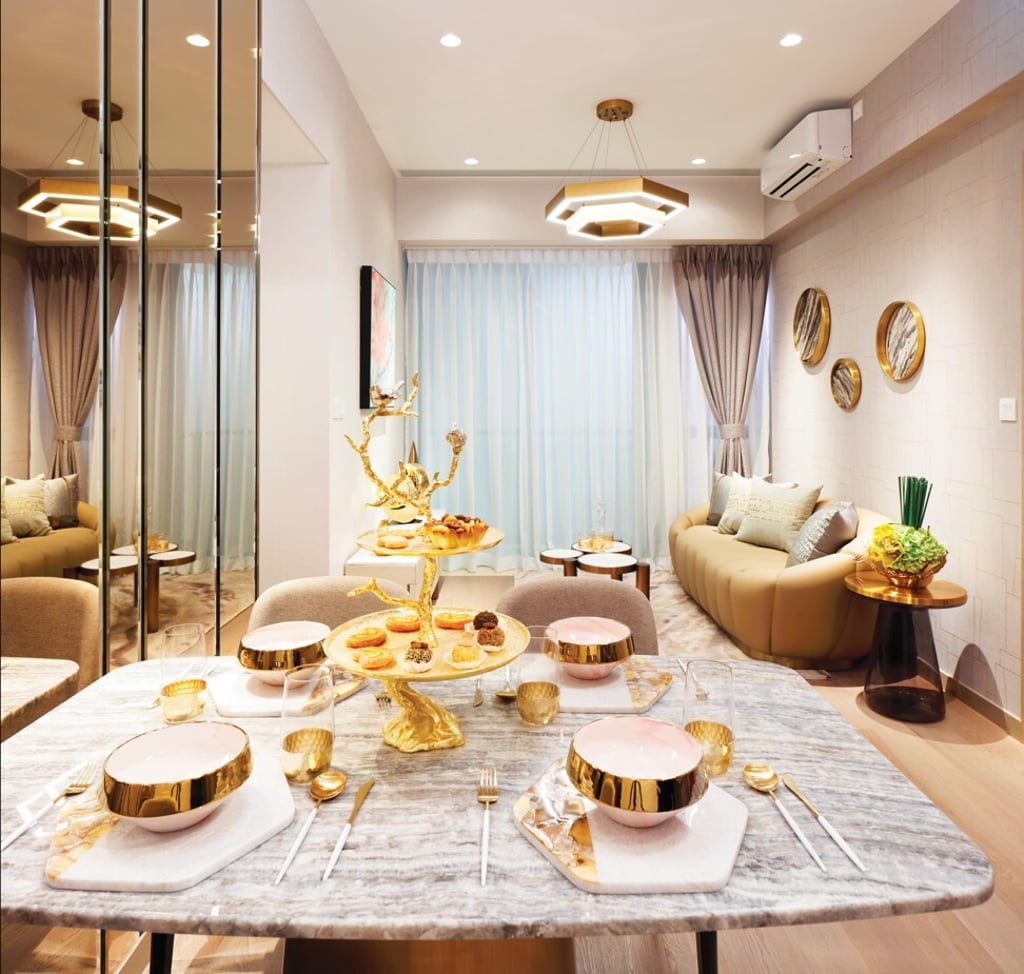New Territories North & West: smart technology takes centre stage in new property developments
- As buyers increasingly look for property with intelligent technologies and good environmental standards, areas such as Tsing Yi and Kwai Chung have become home to new developments with a range of hi-tech residences in the higher price bracket

Urban renewal is taking place in cities around the world, but in the pace and scope of such projects Hong Kong often shows the way.
For instance, over the years, shipyards and a sugar refinery have been transformed into today’s office towers and fast-moving business area of Quarry Bay, and bold plans are now recasting the former Kai Tak airport site as a sports hub, cruise terminal and the local prototype of a tech-enabled “smart city”.
Simply put, when the time is right and investors see opportunity, districts can quickly take on a whole new guise. Typically, the process begins as established industries decline or move away, leaving room to start over with ambitious blueprints for better transport, integrated developments and more upmarket apartments.

If precedent is anything to go by, those factors are set to leave their mark on the Kwai Tsing district – encompassing Kwai Chung and Tsing Yi – in the years ahead. Admittedly, it may take a while to shake off the area’s general image as an “end of the line” place best known for its factories, warehouses, repair shops, and container terminals.
However, the forces driving the residential market in Hong Kong can no doubt sense the potential of future land supply. And the enthusiastic buyer response to recent project launches seems sure to turn quite a few heads in this direction.
